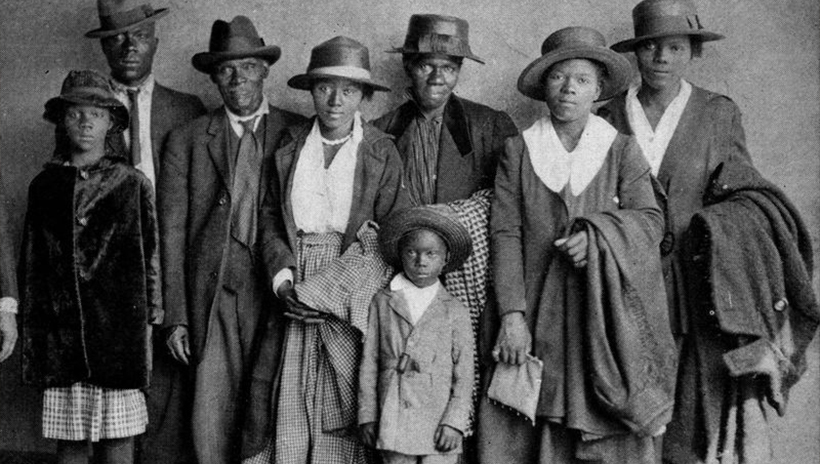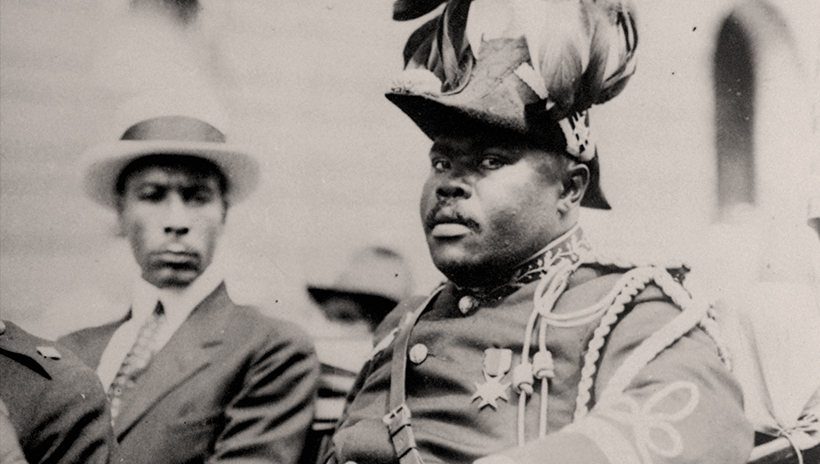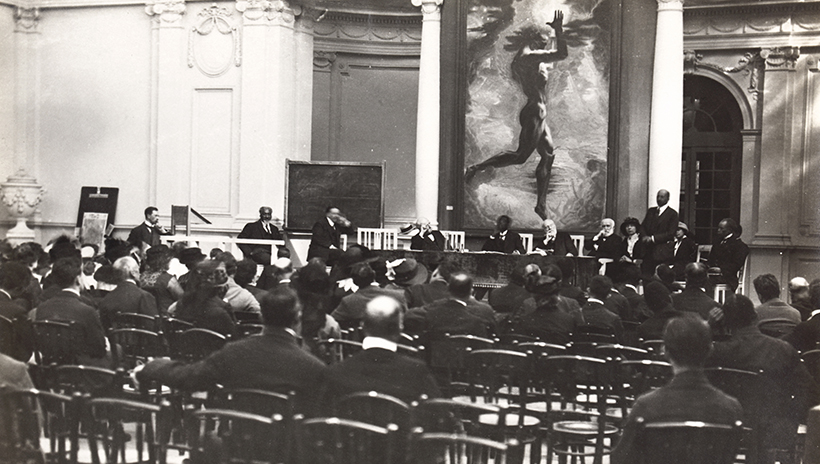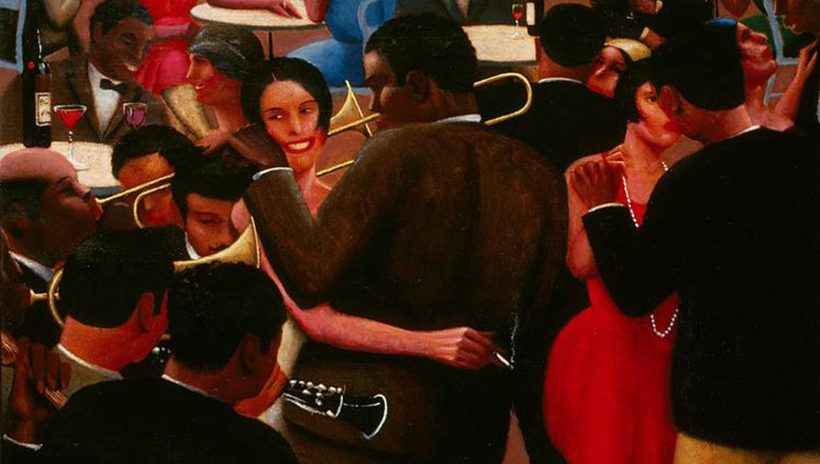Although the Harlem Renaissance is most closely associated with New York City, its influence spread around the globe. Here we show some of the areas affected by Harlem’s ideas and institutions, along with other areas that in turn affected the movement.
Some places, such as the Caribbean and Georgia, contributed to the birth of the Harlem Renaissance by producing some of its best-known artists and intellectuals. Others, like Russia, birthed intellectual movements that influenced some of the more radical ideas coming out of Harlem. Still others, like Paris and Washington, D.C., both affected and were affected by the Harlem Renaissance.
You can read more about the Harlem Renaissance in African-American History.
1. Chicago, Illinois
The home of Robert Abbott’s militant newspaper the Chicago Defender was a principal destination of Blacks leaving the South during the Great Migration. It also provided the setting for the declining stages of the Harlem Renaissance in the 1930s and 1940s.

This photograph, published in The Chicago Defender on September 4, 1920, depicts the arrival of the Arthur family at Chicago’s Polk Street Depot during the Great Migration.
2. Cleveland, Ohio
The Karamu House was founded in Cleveland in 1916. This city was also one of the childhood homes of Langston Hughes and a major point of relocation during the Great Migration.
3. Detroit, Michigan
One of the primary cities targeted for relocation by African Americans moving out of the South during the Great Migration, Detroit was also one of those cities shaken by violent riots during the Red Summer of 1919.
4. Georgia
The majority of African Americans in the South lived in the rural areas of Georgia during the turn of the 20th century. These made up a substantial number of those Blacks who participated in the Great Migration. Consequently, Black characters in works produced during the Harlem Renaissance were often portrayed as being from Georgia.
5. Kansas City, Kansas
The birthplace of jazz musician Charlie Parker, this city was one of the most important centers for the development of jazz.

6. Philadelphia, Pennsylvania
Like Chicago and Washington, D.C., Philadelphia was a major center of Black culture with several theaters on the Theatrical Owners Booking Agency circuit and a thriving literary community that both published its own magazines and contributed regularly to Crisis magazine, Opportunity magazine, and such newspapers as the Pittsburgh Courier. It was also the birthplace of philosopher and New Negro leader Alain Locke.
7. New Orleans, Louisiana
Among the many cities where jazz developed in the late 1800s and early 1900s, New Orleans is recognized as the most important single birthplace of the music form in the United States.
8. New York City
The home of Harlem, New York developed into a major international city throughout the 1800s and early 1900s. It is the birthplace of the National Urban League, the National Association for the Advancement of Colored People, and the Harlem Renaissance proper.
9. Richmond, Virginia
The birthplace of Charles Gilpin and Bill “Bojangles” Robinson, Richmond was a major Black entertainment center during the Harlem Renaissance and contained Black communities so progressive on every level that it became known among many as the “Harlem of the South.”
10. Washington, D.C.
The location of Howard University, Washington, D.C., became home to an intellectual movement among African Americans some decades before the 1920s New Negro movement. It included the establishment of the American Negro Academy, numerous salons, and a prosperous Black middle class. Philosopher Alain Locke, historian Carter G. Woodson, author Jean Toomer, and others lived and worked in the capital at various points.
11. Liberia
The country of Liberia, made independent in 1847, was often noted as an area of possible relocation for African Americans debating the back-to-Africa movement. The culture and history of Africa in general influenced much of the visual art, literature, and music produced by African Americans during the Harlem Renaissance.
12. Caribbean
Along with African Americans from the South, the Great Migration that increased the Black population throughout the North and Midwest in the United States was composed of thousands of people, including Marcus Garvey, from the Caribbean.

13. Ghana
Ghana was the final home of W. E. B. DuBois, who died there in 1963.
14. London
The site of the first Pan-African Congress in 1900, London is where Paul Robeson made some of his most racially progressive films in the 1930s. London was also, like Paris, the location of a substantial Black expatriate community.
15. Paris
The site of the second Pan-African Congress in 1919, Paris also became home to a community of African-American expatriates and members of the Negritude Movement following World War I.

Second Pan-African Congress, Palais Mondial, September 1921
16. Russia
The adoption of communism in Russia triggered the formation of a succession of radical groups in the United States. Additionally, W. E. B. DuBois, Langston Hughes, Dorothy West, Louise Thompson Patterson, and Claude McKay all visited the country. During his stay there, McKay authored a study called “Negroes in America” for publication in the Soviet Union.
17. Senegal
Senegal is the birthplace of Leopold Senghor, one of the founders of Negritude who later became a major poet as well as president of his native country for 20 years.
18. Spain
Langston Hughes worked in Spain as a news correspondent and translated into English the works of various Spanish poets, including those of Federico García Lorca.
Excerpted from “Harlem Renaissance World Influence,” African-American History, Infobase, Accessed February 2021.
See also:
| Dive deeper into the Harlem Renaissance with African-American History—take a free trial today! |



